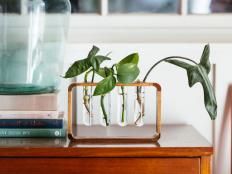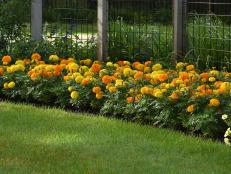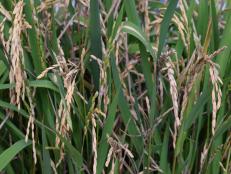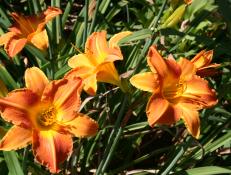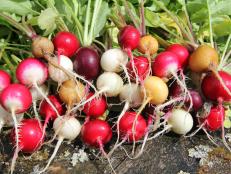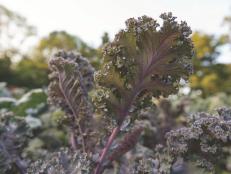How to Plant and Install Ecoroofs
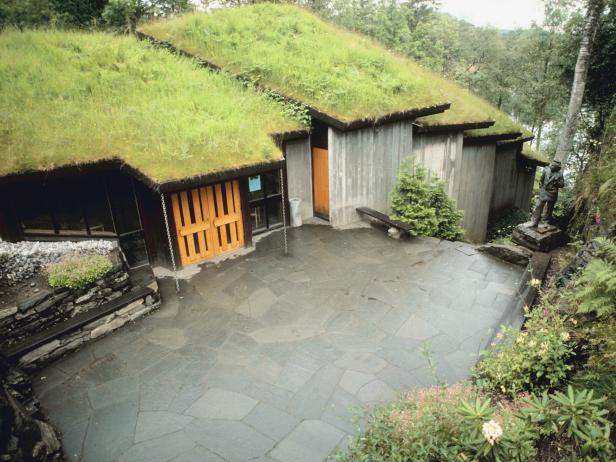
Instead of tar or asphalt, an ecoroof has a thin layer of soil and plants, says Greg Haines of Portland, Ore., who has been installing ecoroofs for several years. With a traditional roofing system, rainwater washes off rooftops and onto driving surfaces, eventually mixing with antifreeze and oil before it ends up in the sewer system. On an ecoroof, rainwater is absorbed into a vegetative roofing system, filtering out air pollutants and making cleaner water.
How Do Ecoroofs Work?
How an ecoroof works is simple. Rain falls on an ecoroof. The rainwater is absorbed through a layer of soil, then a layer of spongy material and here, carpet padding. The plants on the ecoroof grow, helping to filter the air, providing habitat and food for wildlife and insulating the building structure underneath.
"The plants are uptaking the water. It's evaporating naturally, and it's being returned to the natural hydrologic cycle rather than becoming a waste product that the sewage treatment plant has to deal with," says Haines.
Installing and Planting an Ecoroof
When creating an ecoroof, it's essential to have a professional roofer brace or install a roof that can support the extra weight that an ecoroof creates. Consult a structural engineer to examine the existing roof structure. Once the structural support is in place, a bottom layer of a durable, waterproof, heavy-duty rubber liner is installed over the roof. A pond liner works.
Next, install a layer of spongy material, like carpet padding, over the roof liner. This material is lightweight and absorbent, helping to keep moisture at the root level. To help retain moisture at the top of the roof where it is first to dry out, install an extra layer of carpet padding. Drench the padding with water. Make sure to have drainage holes at the edge of the roof to allow excess water to runoff. Install a layer of netting over the padding to help plant roots to grab onto something.
Add a 4-inch layer of lightweight soil material above the netting and carpet padding. Haines uses a soil mix that contains pumice, which is very lightweight and porous. Depending on the size of the project and the roof, soil can be hauled onto the roof using handheld buckets. For safety, limit the number of people on the roof at one time. Dividing the ecoroof into several smaller sections makes laying soil and planting much easier to do. After laying the soil, apply a layer of netting on top. This helps to stabilize the soil surface and keep plants in place.
Selecting the Right Plants
Select plants such as sedum and sempervivum that are not too deeply rooted and are heat- and drought-tolerant. These plants should be able to withstand harsh conditions as well. If the roof is in the shade, plant shade-tolerant plants. Scout out your local garden centers to find native plants that are suitable for these conditions. Place plants section by section and secure firmly in the soil and netting.
During a weather event where an inch of rain falls, the ecoroof should absorb most of the rainwater. In a heavier storm, the ecoroof softens the impact of the heavy volume of rain, and water runoff is lessened in comparison to a traditional roof.
One disadvantage to having an ecoroof is the expense of installation. However, ecoroofs last twice as long as a traditional roof and looks so much better. Plus, ecoroofs help to insulate structures, keeping them cool in the summer and warm in the winter. The benefits far outweigh the costs.






